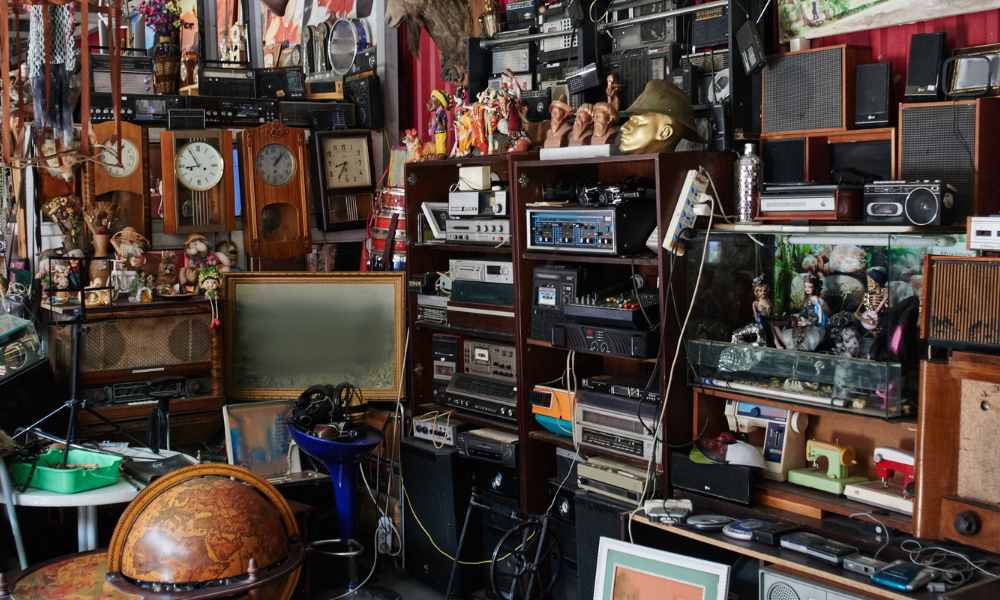
Ways To Tell Trash From Treasures at an Estate Sale
Those Antique Roadshow moments where what looks like an old dresser turns out to be a half-million-dollar treasure can inspire you to go on the hunt for hidden treasures; however, finding the best stuff requires some finesse. Learn ways to tell trash from treasures at an estate sale. Here are some pointers to help you zero in on the good stuff.
Know Before You Go
Why are you going to an estate sale? Is it to find items you can resell for a profit? Or is it to find something useful that you need at a lower price than you could get it for new? Knowing your goals before you attend an estate sale can keep you from wasting time on knick-knacks you’ll never use and won’t be able to sell.
Go Early for Treasures, Go Late for Bargains
The good stuff sells out fast at estate sales. But the final hours of an estate sale might see drastically reduced prices, where you could find what you need for pennies on the dollar. If you’re not too worried about finding the rarest possible items, go a bit later in the day to find a bargain.
Identifying Potentially Valuable Items
Jewelry, especially vintage pieces, can often be valuable. Antique furniture and fine art—particularly if it is in good condition and from a notable period, maker, or artist—can also fetch a good price. But if you’re not an expert in antiques, you could waste your money on a table, book, or painting that isn’t actually worth very much. You might have better luck with vintage clothing, collectible toys, sports memorabilia, porcelain, or vinyl records.
Checking Condition and Labels
The condition of an item plays a significant role in its value. An antique chair may look appealing, but if it is in poor condition, it might not be worth much. Check for signs of damage, such as chips, cracks, or stains, which could decrease the item’s value.
Labels can also offer clues about an item’s worth. For example, designer labels on clothing or maker’s labels on furniture could indicate value. When you’re identifying antique vases, stampscan indicate an item’s approximate age, its origin, and its rarity.
Looking for Signatures
One way to determine value is to look for signatures. A signature can identify the artist and the artwork’s potential value. Experienced treasure hunters bring a blacklight with them to detect added signatures or repairs on the surface of paintings, porcelain, or glass pieces. This is not a foolproof method, so remember that not all signed pieces are valuable, and not all valuable pieces are signed. Further research may be necessary.
Checking Attic, Basement, and Garage
Do not neglect the attic, basement, and garage. These areas are often overlooked by other buyers and can be a treasure trove of forgotten items. Old tools, garden equipment, vintage toys, and sports collectibles are just some of the things you might find.
Separating trash from treasures at an estate sale requires a keen eye, a bit of knowledge, and some patience. But with these tips in mind, you will be well on your way to discovering hidden gems amidst the clutter. Happy hunting!





